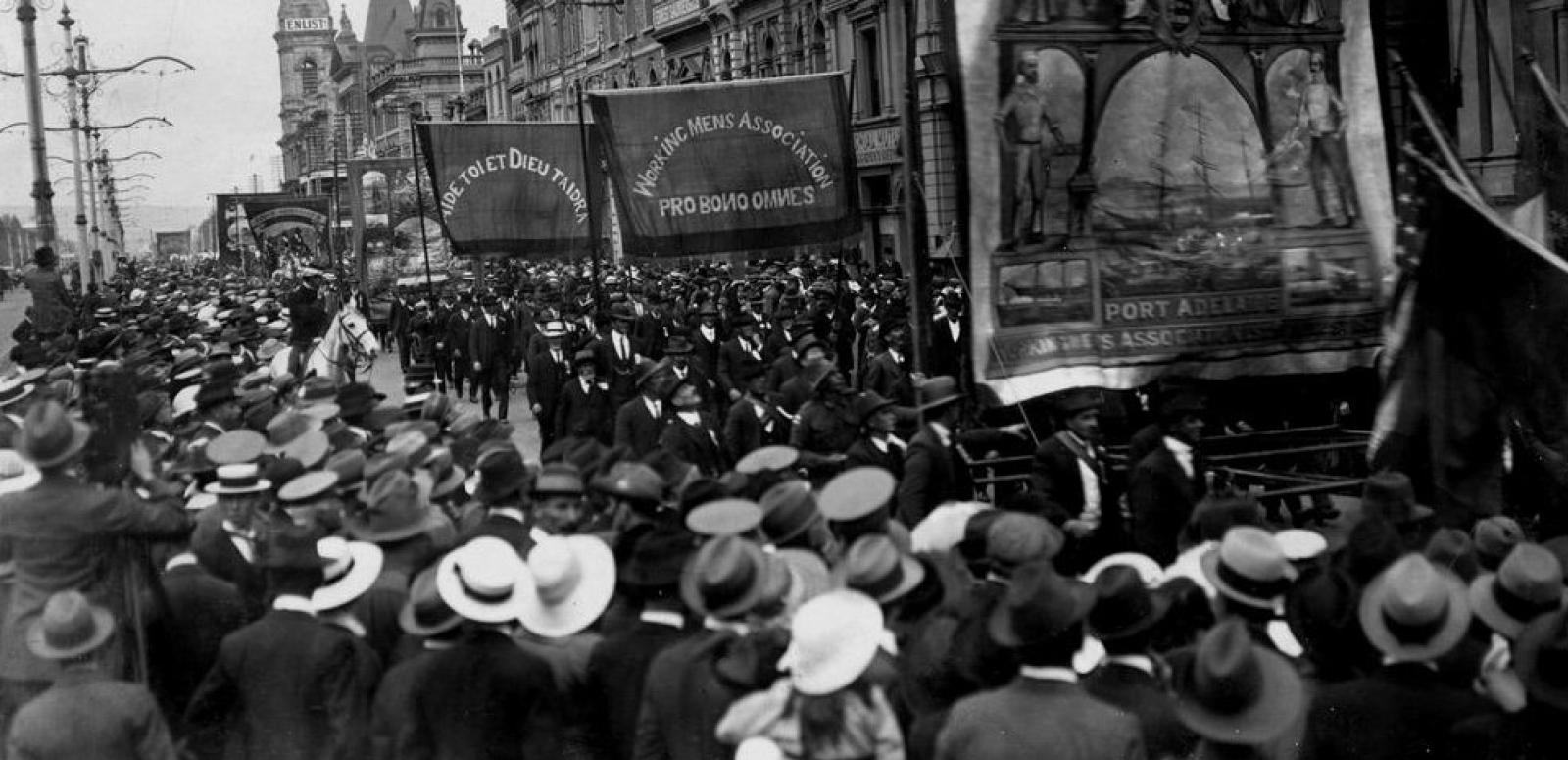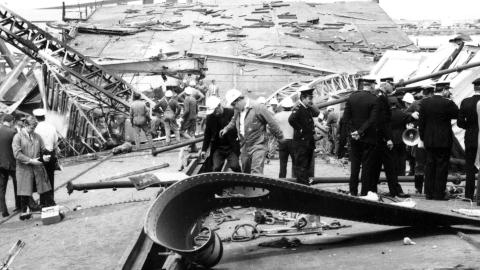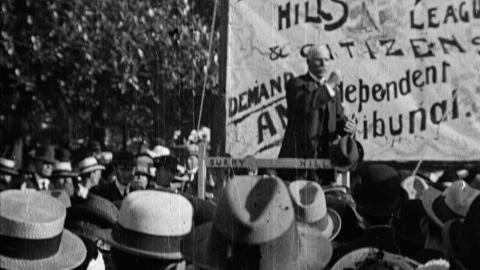The struggle for fairness and safety at work has shaped Australia’s industrial history for more than a century. This collection explores pivotal moments in that story – the West Gate Bridge disaster, which transformed workplace health and safety laws, and the eight-hour day campaign, which redefined the balance between labour and life.
It also traces early industrial actions such as the Melbourne Tailoresses’ Strike and the Great Strike of 1917, along with long fights against hazardous practices like asbestos exposure and the rise of union-led education and advocacy.
Together, these stories reveal how workers, unions and reformers helped build the protections that underpin Australian working life today – and how collective action has continued to shape industry, legislation and social progress.




